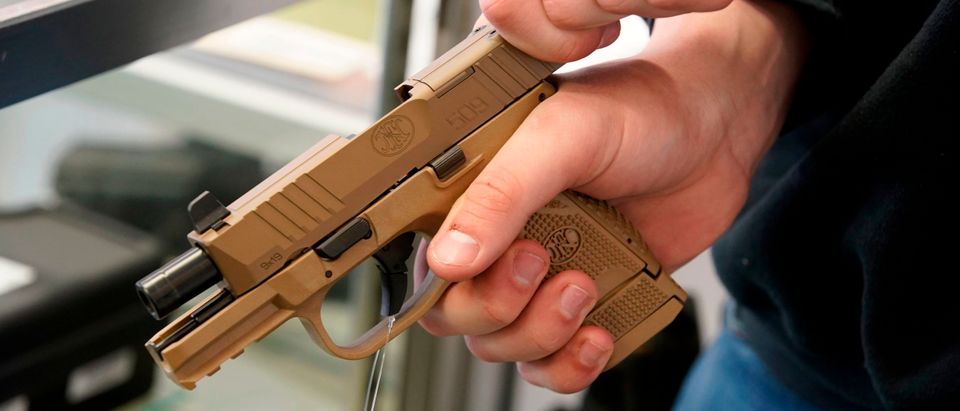By Sam Hoober
Occasionally, a person gets the temptation to be their own armorer, or may not have the option.
Not a gunsmith; an armorer. A gunsmith is a machinist that specializes in guns, which is a whole other kettle of fish. An armorer works on guns, often with hand tools.
So, if you’re going to do your own minor repairs and upgrades that don’t require fitting or fabrication, it’s very doable. In fact, you’d be amazed at how much you can do yourself with minimal effort, as modern guns are very easy to work on.
But, there are a few tools you are really going to want to invest in. They will make your life easier, and like buying any tool once you have it, you have it.
We’re going to take a set of punches as granted. That’s just too obvious. There’s no way to work on guns without them. However, a number of other tools are sometimes argued to be unnecessary, that you can do what you need without them.
Some of us have made the mistake of thinking we could get away with it only to pay the price of our hubris. If you cheaped out and skipped buying a tool only to regret it later, tells us about it in the comments.
So, what are some tools that you really should get before trying to work on your guns?
A non-marring hammer is one of the most obvious, and not a rubber mallet. Rubber or leather mallets deform too easily and are too large to use effectively on the very small parts of what are small machines.
Look for either a brass mallet, or a hammer with a hard rubber or nylon head. You can either buy one from a gun or gunsmith supply company – which will have a premium because it’s gun stuff, not because of materials – or you can get one from Harbor Freight for less than $10.
If you’re hitting something on the gun directly, you can easily deform it by using a typical hammer. If you’re using the hammer to drive the punch, you can end up applying a little too much force, deforming the gun and the punch.
One of the most common casualties is aftermarket sights, which actually leads us to the next item:
Just get a sight pusher. Seriously. Buy once, cry once, whatever, but you can much more easily and precisely (which matters!) install iron sights on a pistol. If you want to swap iron sights, it makes the whole process so much easier.
I’ve installed a few sight sets, and I wince every time I see the peening on the rear sights from drifting them into the dovetail with a hammer and a punch. They’re aligned properly, but they just look ugly.
And if they aren’t aligned properly, you have to drift the sight out and start over. Hopefully with the same set of aftermarket sights, unless you broke one of them.
A sight pusher will make that easier and more precise. So just get one.
Anyone who has ever built or assembled their own AR-15 will tell you that you really do need roll pin starters. There really is no substitute for being able to start the pin without resorting to, let’s say creative tooling.
Wrapping tape around the roll pin and your punch, for instance.
The problem with roll pins in guns is that some are large enough to get away with it – say, the roll pin in the forward assist of an AR-15 – but others are just not, such as the roll pin for the gas block or the flimsy roll pin for the front sight of CZ pistols.
Get a set of roll pin starter punches and you’ll save headaches and time. And they aren’t that expensive, so just make things easier on yourself.
The next is not so much a vise itself (though it is definitely necessary) but instead that you want to get a vise block for the gun that you’ll be working on.
For handguns, rubber jaw plates are a good idea. For the AR platform, it’s a good idea to have at minimum an upper receiver vise block. It makes working on the upper easier – indeed, possible in some cases – and without having to worry about putting the upper receiver itself in the vise, which you should never, ever do.
A lower vise block is a little more negotiable, but still kind of a good idea. It can make cleaning a little easier, though.
Lastly, just get a decent set of screwdrivers and nut drivers. They aren’t terrifically costly, and you’ll get a lot of use out of them.
Buy once, cry once folks.
Any other gun-related tools that the average person should definitely get if they’re going to do their own tinkering? Let us know in the comments.
Sam Hoober is a hunter and shooter based in the Inland Northwest.


